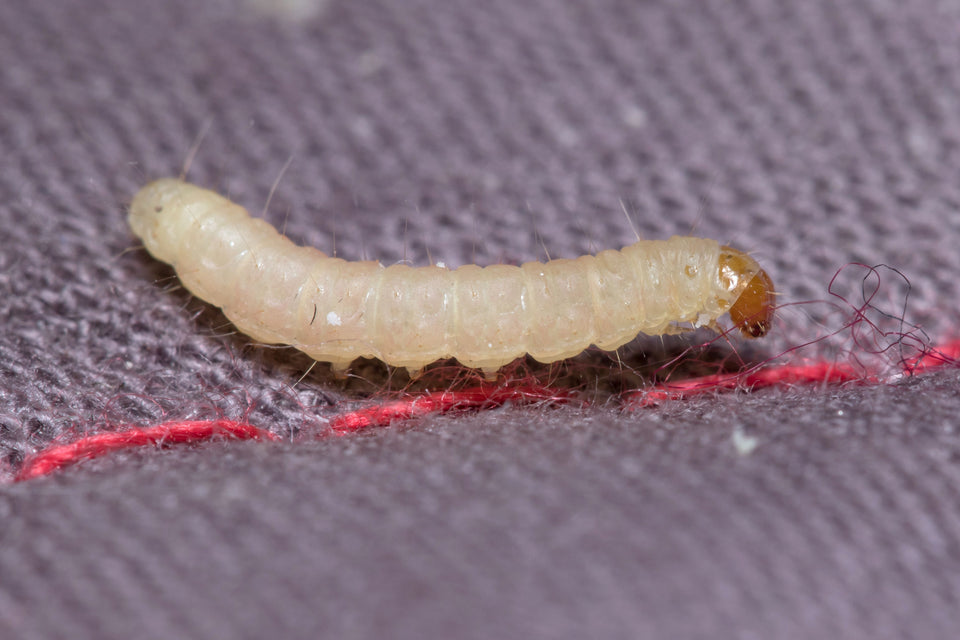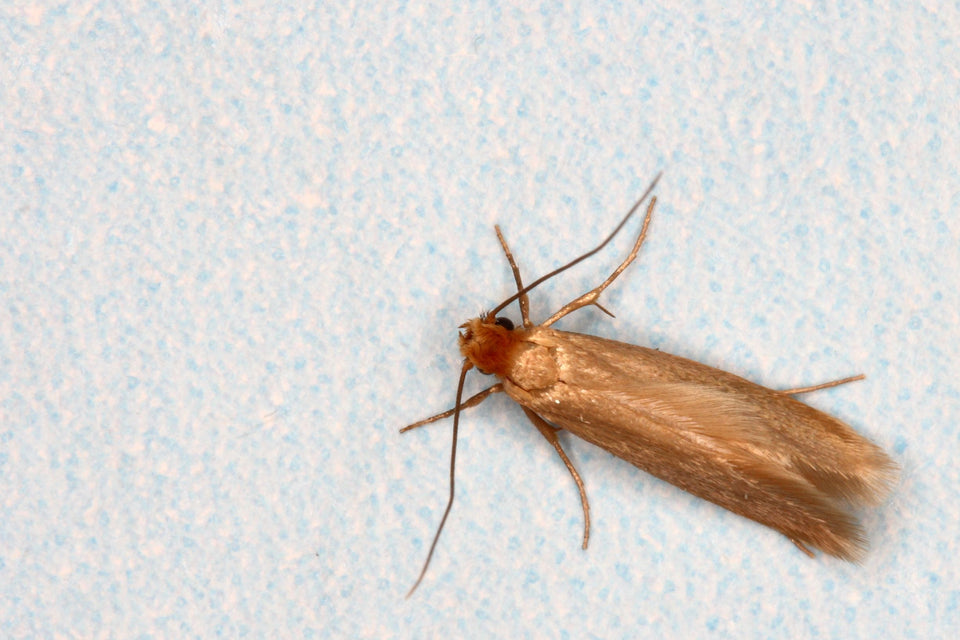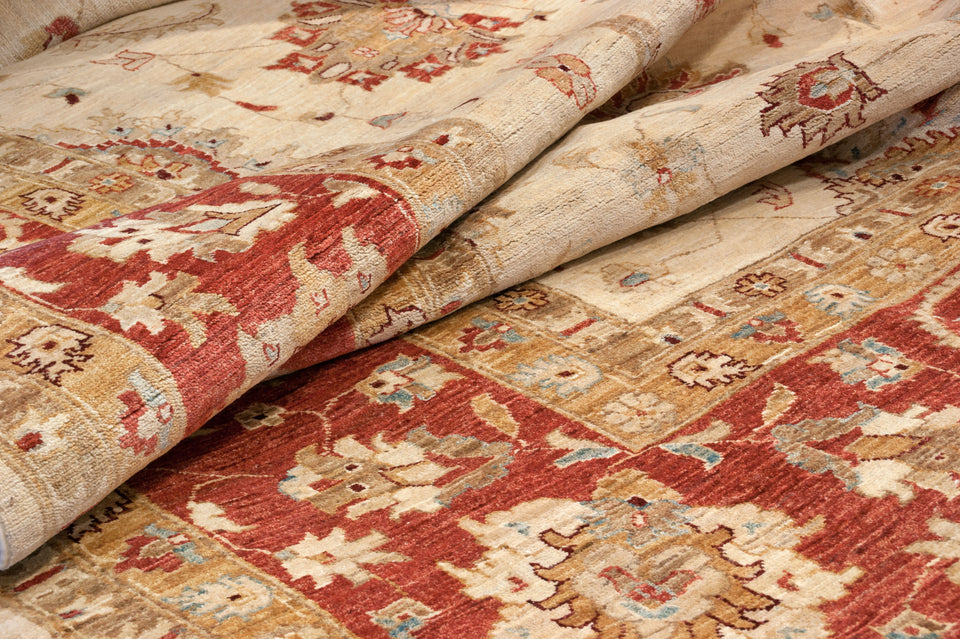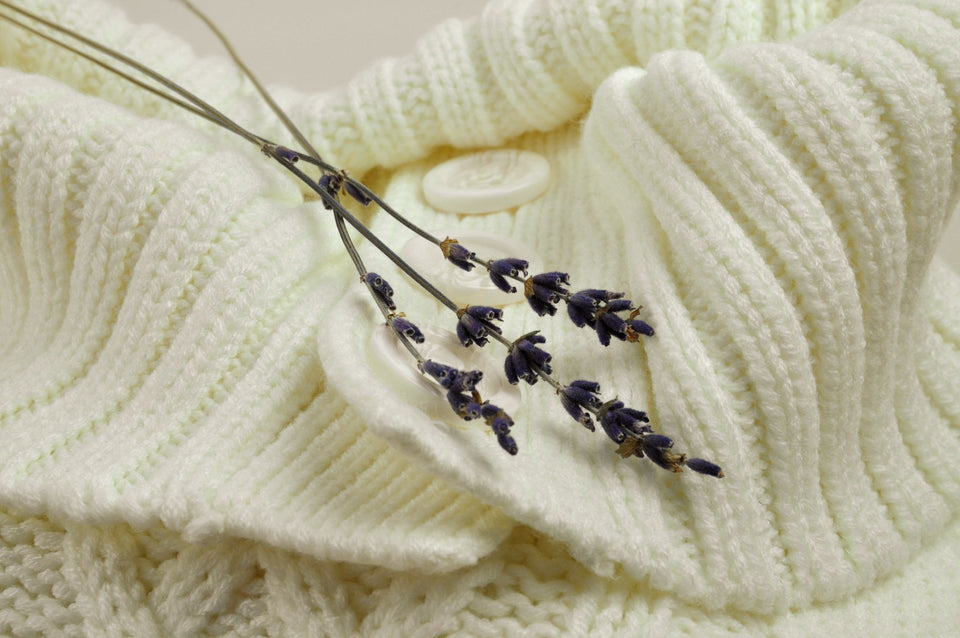What Do Moths Eat?

That’s not a furry butterfly you’re seeing. That’s a moth, and while the species is related to butterflies, they have a very different diet and lifespan. But with an estimated 160,000 species of moths throughout the world (wow!), how do we simply answer; what do moths eat? Well, it’s actually rather straightforward when we’re looking at adult moths. After that, you might want to take some notes!
The Moth Diet
You’d be forgiven for thinking that the staple diet of every moth was your precious clothing. After all these types of moths are probably the most infamous species of moth that we encounter in our day to day lives. But it’s not entirely true for every species of moth or even every stage of the moth life cycle.
You might also be shocked to find that adult moths are not the ones eating holes into your cashmere sweaters and blankets.
So who is?
Moth larvae. They are guilty of that heinous deed. In fact, many species of adult moths don’t even have the mouths needed to consume food. Their job is to wreak havoc through breeding and laying eggs, creating more moth larvae!
So, it’s the moth larvae that do the feasting and destroying.
All the nutrients moths need to survive from the moment they hatch into adulthood are consumed during the larval stage. This is why moth larvae are so destructive, because they need to gather massive amounts of energy. Depending on the time of year the eggs hatch, the larvae may delay their transformation into adults, just so they can gather more energy to survive.

The type of moth determines where the moth eggs are laid and what the larvae consume. Plant-eating moths will lay the eggs near the kind of tree or plant that makes up most of their diet. Once the larvae hatch, they consume the remains of the egg shell then move onto the leaves of the host plant. In this case, the larvae will eat non stop for a week or so, growing rapidly.
Remember the very hungry caterpillar? It’s not as far from an accurate depiction of the facts as you’d think!
Larval moths are quite ravenous! Pantry, clothes and carpet moths have a somewhat refined diet - these are some picky unwanted guests! If it’s not their favorite blend of keratin or protein, they’re not interested!
Now, there are some species of moths where the adult flying moths can drink nectar, sap, blood, and other fluids from plants and animals alike. However, this is a rare occurrence.
The adult moths that plague households—mainly pantry, clothes and carpet moths—don’t have mouths. That doesn’t mean to say they’re off the hook - after all, it’s their larvae that are destroying your foodstuffs, silk blouses and antique rugs!
What Do Moths Eat in Your Home?
The most common moths to terrorize your home are pantry moths and webbing and casemaking moths. As you may have guessed, pantry moths target dry ingredients stored in the kitchen. They will lay eggs around things like grains, dried pasta and rice, bread, seeds, and cake mixes.
On the other hand, webbing moths and casemaking moths prefer the fibers found in textiles. You will find these moths among clothing, curtains, upholstery, and linens. Wool, cashmere, silk, and even lint will attract these clothes moths.

What Materials Do Clothes Moths Eat?
Clothes moths are a kind of moth that consume keratin, a kind of structural protein, from natural fibers. Again, we want to emphasize that the adult clothes moth is not the one eating your shirts and sweaters. The female clothes moth will lay anywhere from 50 to 1,000 eggs on a garment that is made of something edible for moth larva.
Those targeted fabrics are animal-based, or wool, fur, cashmere, silk, angora, alpaca, and other keratin-based fibers. If available, clothes moth larvae will also go after the keratin in leather, feathers, and the hair bound up in the dust bunnies under your bed.
Interestingly, cotton and synthetic materials (polyester, for example) are often safe from the ravaging clothes moth larvae. The reason for this is the lack of keratin. That said, casemaking moths will sometimes use the fibers in cotton for their cocoons. So, your cotton garments are not entirely impervious to moth-made damage.

What Types of Carpet and Rugs do Moths Eat?
Did you know that carpet moths have a very strong sense of smell and are capable of sniffing out your most precious Persian rugs? You might not even know these pests have been attracted into your home until you start seeing frayed edges and holes in your wool carpets or hear the fluttering wings of the adult moths in the middle of the night.
About the time you notice that you have a carpet moth problem, your carpets and rugs may already have suffered terrible damage. The larvae are tiny and hardly detectable unless you are looking for them, but that doesn’t mean that they won’t consume the natural fibers of a carpet within a few months.
Carpet moths are not as finicky as their cloth-eating cousins. They will chew holes into wool and man-made fibers at breakneck speed. As long as there is plenty of sustenance for them, carpet moths will chew on rugs and carpets that are covered in pet fur and human hair. Be sure to vacuum up wads of pet hair as often as possible. Even rugs fabricated from synthetic materials aren’t safe. If there is any dust or human hair trapped within the fibers, the larvae will seek it out for nourishment.
Oh, and you know those taxidermy animals you or your spouse found in that antiques shop? Think again before hanging them up. Carpet moth larvae also love feeding on old animal skin. And that food stain on the rug that you never got up completely? Yeah, if there’s remaining proteins in there, chances are the larvae are going to love that section of the rug.

Moth Eating Habits & Diets Are Highly Varied
So, what do moths eat? Most moths that you see fluttering about don’t eat anything at all. It’s the moth larvae that devour whatever is in their way. When adult moths lay their eggs, it’s only a matter of time before the larvae hatch and start consuming the food to grow. Clothes and carpet moth larvae eat natural animal fibers, while pantry moth larvae attack grains and dry baking ingredients.
If you see moths in your home, the next step is figuring out how to get rid of them. The methods of getting rid of carpet moths is different from ousting clothes and pantry moths.

About MothPrevention
MothPrevention® speak to customers every day about their clothes moth issues - clothes moths are a species that are ever increasing and that can cause significant damage to clothes, carpets and other home textiles.
To date, we’ve helped over 250,000 customers deal with their moth problems. We have developed professional grade solutions including proprietary pheromones and trap design, not available from anybody else in the USA.





